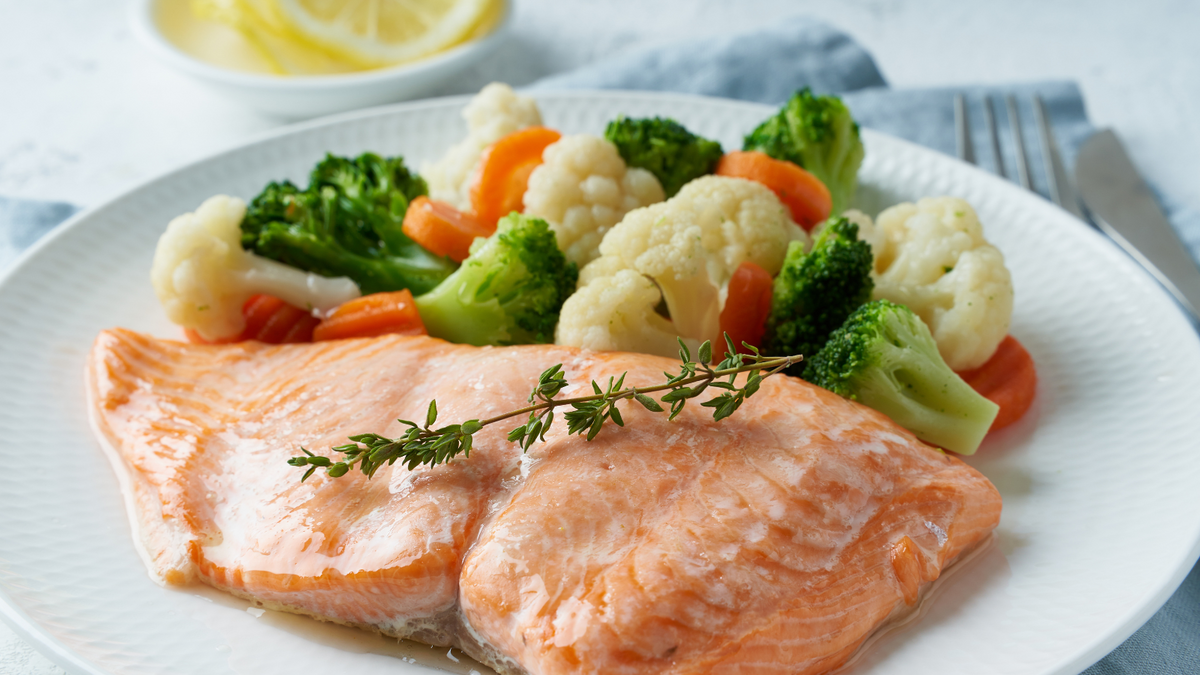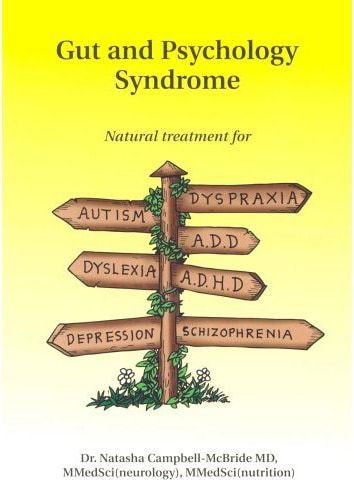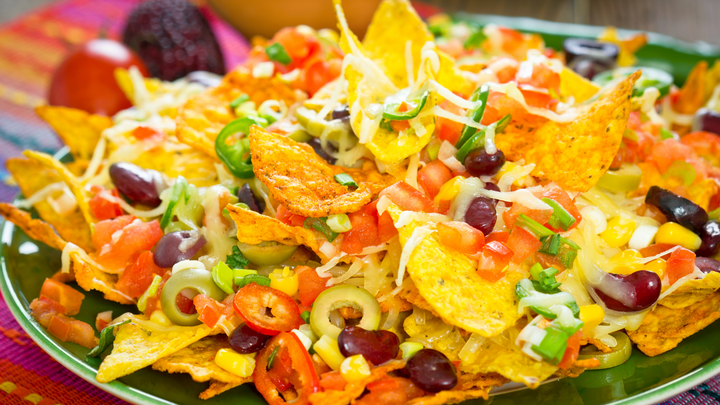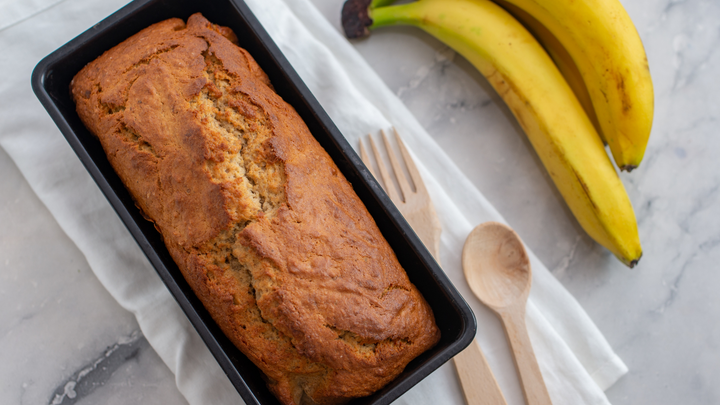GAPS Diet Myths
I have been noticing lately that a lot of people are confused about the GAPS Diet. There seems to be a blending of the GAPS Diet, the Paleo diet and low carb.

I have been noticing lately that a lot of people are confused about the GAPS Diet. There seems to be a blending of the GAPS Diet, the Paleo diet and low carb.
People think that if they do Paleo or a low carb diet, they’re doing GAPS. There seems to be a sentiment that Paleo is the “best” and most virtuous diet, and people are lumping GAPS in with Paleo.
I also hear people saying that they think they will have to stay on the GAPS Diet for life. They think they just have to avoid the foods they are allergic to, and that they will never heal.
There is also a lot of talk that grains are bad for you, and that we should never eat grains.
Did you know that Dr. Natasha Campbell-McBride, author of Gut and Psychology Syndrome, recommends properly prepared whole grains once the gut is healed?
She also says that the GAPS diet is NOT low carb.

GAPS Diet Myths
Let’s take a look at some GAPS Diet Myths and see if we can clear them up.
Myth #1: The GAPS Diet is Low Carb
Dr. Natasha has stated publicly that the GAPS Diet is not low carb.
I personally believe that if you do GAPS, you should not count carbs or restrict carbs in any way. Especially if you are pregnant or nursing, or if you want to get pregnant.
Paul Jaminet of the Perfect Health Diet writes:
"I won’t enumerate studies here, but animal studies indicate that higher carb and protein intakes promote fertility and athleticism, while restriction of carbohydrate and protein promotes longevity."
He also says that low carb depresses thyroid function and eating a higher carb diet will help your thyroid function better:
"This means that eating more carbs raises T3 levels, and eating fewer carbs lowers T3 levels.
"For a hypothyroid person, then, eating more carbs is an alternative tactic for increasing thyroid hormone activity. It may provide symptomatic relief similar to that achieved by supplementing thyroid hormone directly."
Many (most?) GAPS patients have low adrenal and thyroid function. So in order to heal, we should not be restricting carbs.
The GAPS Diet allows fruit, honey, squash, nuts, and other high carbohydrate foods. We should not avoid these foods while on the GAPS Diet. Particularly if we are pregnant, nursing, trying to get pregnant, or if we have hormone problems.
Myth #2: The GAPS Diet and the Paleo Diet are the Same Thing
The Paleo Diet is based on eating only paleolithic foods, or foods that hunter-gatherers would have had access to.
"The Paleolithic diet consists of foods that can be hunted and fished, such as meat, offal and seafood, and can be gathered, such as eggs, insects, fruit, nuts, seeds, vegetables, mushrooms, herbs and spices. Some sources advise eating only lean cuts of meat, free of food additives, preferably wild game meats and grass-fed beef since they contain higher levels of omega-3 fats compared with grain-produced domestic meats. Food groups that advocates claim were rarely or never consumed by humans before the Neolithic (agricultural) revolution are excluded from the diet, mainly grains, legumes (e.g. beans and peanuts), dairy products, salt, refined sugar and processed oils, although some advocates consider the use of oils with low omega-6/omega-3 ratios, such as olive oil and canola oil, to be healthy and advisable." (Source: Wikipedia)
While I can see how people might confuse the two diets, as they seem similar at first glance, the GAPS Diet is very different from the Paleo Diet.
The Paleo Diet restricts foods based on the theory that humans were optimally healthy prior to neolithic (agricultural) foods such as grains and dairy products.
Like the Paleo Diet, the GAPS Diet prohibits grains. However, dairy foods are allowed on the GAPS Diet, even from the very beginning of the diet (in the beginning, it is recommended to start with ghee and then kefir/yogurt and then sour cream). It depends on whether or not the patient can tolerate dairy foods, and some dairy foods are easier to digest than others so there is a process as far as how to introduce them.
The creator of the GAPS Diet, Dr. Natasha Campbell-McBride, only recommends that we avoid grains while the gut is healing. Some beans are also allowed — white beans and lentils — as they are easier to digest.
The reason that foods are prohibited on the GAPS Diet is not because they are bad, but rather because the GAPS patient cannot digest them. Once the gut is healthy and strong again, these foods can be reintroduced.
The GAPS Diet also strongly emphasizes fermented foods and bone broth; the Paleo Diet does not.
Myth #3: We Can Never Recover from Food Allergies
This is one of the biggest myths. Dr. Natasha says that around 1% of people cannot recover from food allergies.
Or in other words 99% of people CAN recover. She distinguishes between “true” allergies and allergies that can be reversed. This is why I called my GAPS Diet cooking class “Reversing Food Allergies”.
“A recent public survey in the UK has shown that almost half the population report that they have an “allergy” to some food or foods. However, the official figures for a “true allergy to food” are around 1% of the population in most developed countries.” (Source: Dr. Natasha’s website)
So, yes, there are some people who can never eat wheat again. But it’s a very small percentage of people. Most people can recover and go back to eating grains and even gluten with no problems.
Myth #4: We Should Stay on the GAPS Diet for Life
Dr. Natasha says that GAPS should generally be followed for a few years. It takes a while for the villi in the intestines to grow back. However, it DOES grow back and we CAN heal on the right diet.
"The strict GAPS diet should be adhered to for at least 1.5 – 2 years. Depending on the severity of the condition, some people recover quicker, others take much longer. Your patient needs to have at least 6 months of normal digestion before you start introducing foods not allowed on the GAPS diet. Do not rush with this step." (Source: Dr. Natasha’s website)
It took me 2 years to heal my gut in my 20s and overcome gluten intolerance. I was not following GAPS but I was following a similar diet (no gluten, no sugar — only honey and fruit, very limited starches, and strong probiotics).
GAPS is not a diet you need to follow for life. It is a short-term diet designed to help people heal.
Myth #5: We Are Better Off Without Grains
It seems like a lot of people have come to believe that because we avoid grains on the GAPS Diet, that grains are categorically bad.
If you read Dr. Natasha’s instructions for following the GAPS Diet on her website, she says that when we come off the GAPS Diet (because we are expected to come off of it — it’s not a lifelong diet), we can introduce potatoes and grains.
"The first foods you will be able to introduce are new potatoes and fermented gluten-free grains (buckwheat, millet and quinoa). The recipe section will explain how to ferment grains.
"Introduce one food at a time and always start from a small amount: give your patient a small portion of the new food and watch for any reaction for 2-3 days. If there are no digestive problems returning, or any other typical for your patient symptoms, then in a few days try another portion. If there are no reactions, gradually increase the amount of the food. These are starchy foods, so do not forget to serve them with good amounts of fat (butter, olive oil, any animal fat, coconut oil, etc.) to slow down the digestion of starch. Do not rush with the introduction of these new foods, it may take several months to do it properly.
"Once new potatoes and fermented grains are introduced, try to make sourdough with good quality wheat or rye flour. You can make pancakes or bread with the sourdough. I would recommend a wonderful book by Sally Fallon “Nourishing Traditions” for a wealth of recipes. Once sourdough is well-tolerated you may be able to buy commercially available good quality sourdough breads.
"At that stage you may find that your patient can digest buckwheat, millet and quinoa without fermenting them prior to cooking. Gradually you will find that you can introduce various starchy vegetables, grains and beans.
"YOUR PATIENT WILL NEVER BE ABLE TO GO BACK TO THE TYPICAL MODERN DIET FULL OF SUGAR, ARTIFICIAL AND PROCESSED INGREDIENTS AND OTHER HARMFUL FOODS. USE THE YEARS OF FOLLOWING GAPS NUTRITIONAL PROTOCOL FOR DEVELOPING HEALTHY EATING HABITS FOR THE REST OF YOUR LIFE!" (Source: Dr. Natasha’s website)
GAPS Diet Recipes and Resources
Click here for more: GAPS Diet recipes and resources.
What Do You Think?
Please share your comments below.



Comments ()